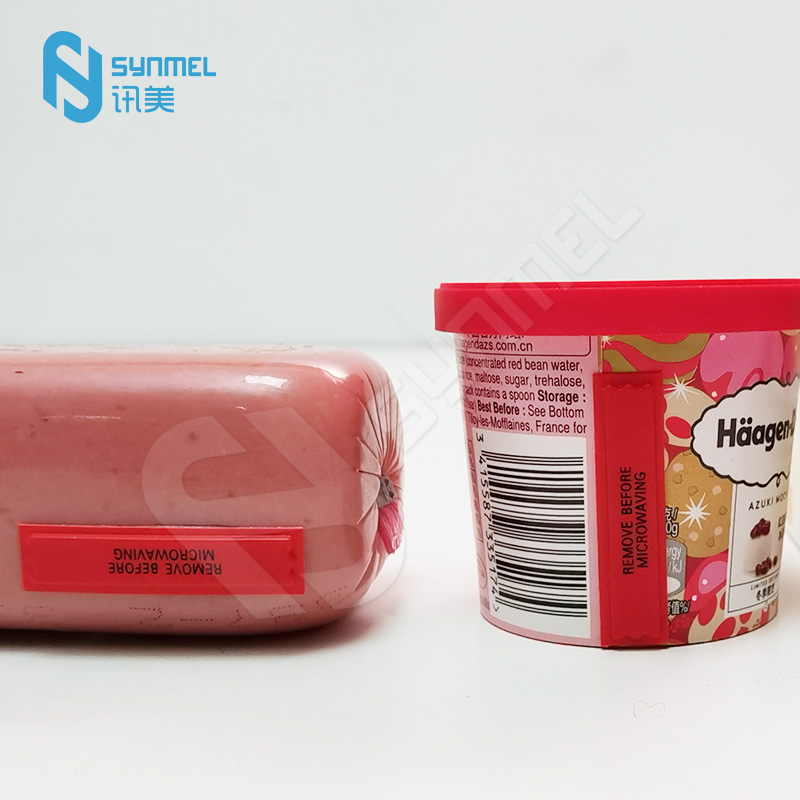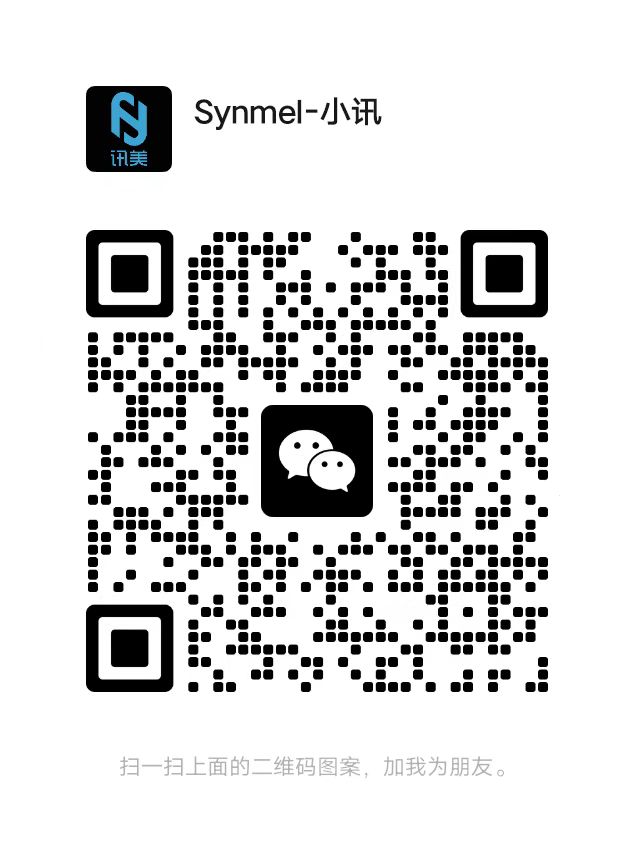- English
- Español
- Português
- русский
- Français
- 日本語
- Deutsch
- tiếng Việt
- Italiano
- Nederlands
- ภาษาไทย
- Polski
- 한국어
- Svenska
- magyar
- Malay
- বাংলা ভাষার
- Dansk
- Suomi
- हिन्दी
- Pilipino
- Türkçe
- Gaeilge
- العربية
- Indonesia
- Norsk
- تمل
- český
- ελληνικά
- український
- Javanese
- فارسی
- தமிழ்
- తెలుగు
- नेपाली
- Burmese
- български
- ລາວ
- Latine
- Қазақша
- Euskal
- Azərbaycan
- Slovenský jazyk
- Македонски
- Lietuvos
- Eesti Keel
- Română
- Slovenski
- मराठी
- Srpski језик
Does the material of the anti-theft meat label comply with food safety standards?
2025-10-16
Whether the material of anti-theft meat labels meets food safety standards mainly depends on the composition materials, usage process, and contact requirements with food of the labels. To ensure safety and compliance, the following aspects require special attention:
1. Label material:
Anti theft meat labels are usually made of plastic, paper, or composite materials that meet food safety standards. Common food contact materials include food grade paper, polyethylene, polypropylene, polyester, etc., all of which are relatively common and meet food safety requirements. However, some non food contact materials may contaminate food.
2. Free from harmful substances:
The materials and coatings in anti-theft labels must not contain harmful substances, especially toxic chemical components, to avoid contaminating food when in contact with the label. Common harmful substances include lead, cadmium, brominated flame retardants, etc., all of which require relevant certification and testing to ensure safety.
3. Comply with regulations on food contact materials:
There are different safety standards for food contact materials in various countries and regions, such as the EU Regulation on Food Contact Materials (EU No 1935/2004), the requirements of the US FDA (Food and Drug Administration), or China's Hygienic Standards for Food Contact Materials. These regulations stipulate that materials in direct contact with food must undergo safety testing to ensure that harmful substances do not migrate into the food.
4. Label design and functionality:
In addition to being used for anti-theft purposes, anti-theft tags may also involve magnetic or electronic components inside the tag. These electronic components typically do not come into direct contact with food, but their external packaging and labeling materials need to comply with food safety standards. Electronic components and sensors themselves should not contain harmful chemicals, nor should they affect food due to temperature changes, humidity, or prolonged exposure to food.
5. Certification and testing:
When selecting anti-theft tags, you can check whether the tag manufacturer has provided relevant food safety certifications or testing reports. If the label material meets food grade safety standards, it usually has certification from a third-party organization or relevant safety compliance certificates.
6. Scope of use of labels:
Most anti-theft tags are designed to temporarily attach to items outside the packaging and do not come into direct contact with food. Therefore, even if its material does not fully meet the standards for food contact materials, as long as it does not break or leak harmful substances, it will not cause contamination to food. However, if the label comes into direct contact with meat or other food, especially when prolonged contact is required, ensuring material compliance is particularly important.
Summary: Whether the material of anti-theft meat labels meets food safety standards depends on whether the materials used in the labels have undergone compliance testing and comply with relevant regulatory requirements. If you are the purchaser of labels, it is recommended to choose suppliers that provide food grade certification to ensure that food safety is not affected. If you have specific label brands or models, or encounter questions, you can refer to their relevant safety certification information, or request a material safety report from the supplier.




